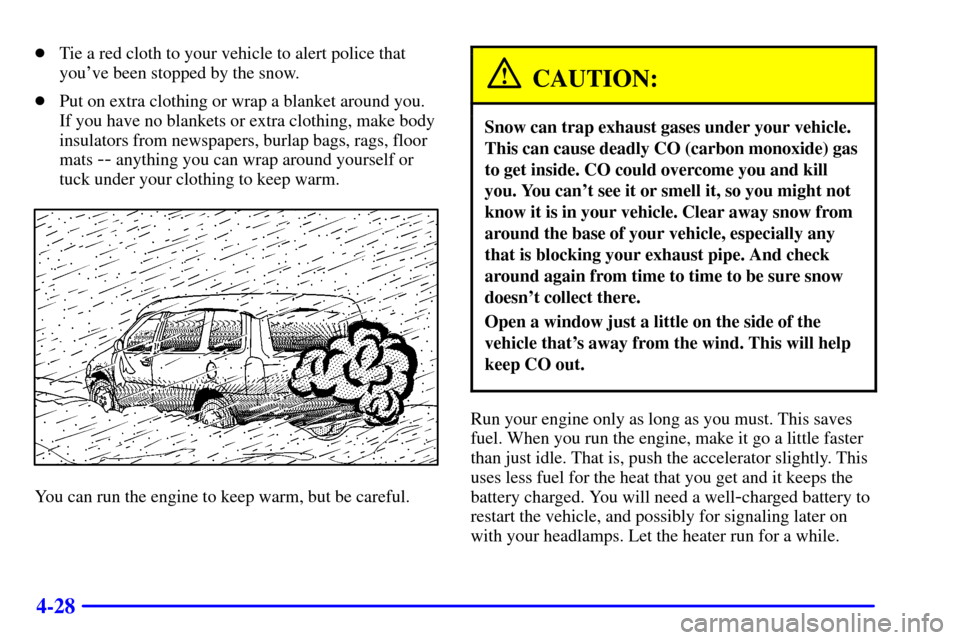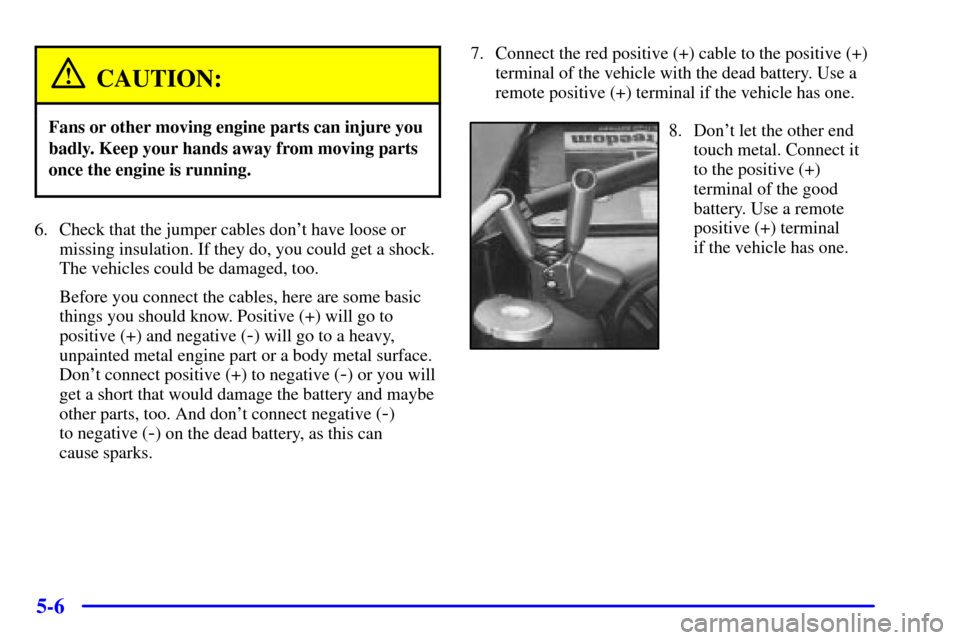Page 2 of 436
Free lockout assistance
Free dead-battery assistance
Free out-of-fuel assistance
Free flat-tire change
Emergency towing
Courtesy
Transportation
Every
2001
Silhouette under
warranty is backed
with the following
services:
Trip Routing
1-800-442-OLDS
(For vehicles purchased in Canada,
call
1-800-268-6800)
that provides in an emergency:
1-800-442-OLDS
(For vehicles purchased in Canada,
call
1-800-268-6800)
Page 126 of 436

2-34 Resetting the Power Sliding Door
The power sliding door may operate incorrectly or not
at all because of the following conditions:
�A low voltage or dead battery,
�disconnecting the battery, or
�if the instrument panel fuse 4 or the underhood
fuses 5, 27 or 29 are removed or blown.
See ªFuses and Circuit Breakersº in the Index for
more information about your fuse panel.
If any of these conditions occur, the power sliding door
will need to be reset. If your vehicle has the optional
dual power sliding doors, both doors will have to be
reset. To do this, follow the directions listed here.
It will be easier if you read through them once before
beginning this procedure.
1. Check to be sure the power sliding door is unlocked
and securely closed.
2. Turn the ignition key to OFF.
3. If on, turn the power sliding door override
switch off.4. Remove fuse 29 from the underhood fuse and
relay center. Leave it out for 30 seconds.
5. Reinstall the fuse and wait 10 seconds.
6. Turn the power sliding door override switch on.
7. Push either of the power door buttons to open the
power sliding door.
8. Open the door.
9. Wait five seconds and close the door by pushing
either power door button.
10. Wait five seconds and repeat Steps 7 through 9.
If the door does not rest in the fully open position
after repeating Step 7, repeat Steps 7 through 9 again.
If the door still does not operate correctly, see your
dealer for service.
Canceling the Sliding Door Security Lock
1. Unlock the sliding door and open the door from
the outside.
2. Move the security lock lever all the way down.
The sliding door lock will now work normally.
Page 285 of 436

4-28
�Tie a red cloth to your vehicle to alert police that
you've been stopped by the snow.
�Put on extra clothing or wrap a blanket around you.
If you have no blankets or extra clothing, make body
insulators from newspapers, burlap bags, rags, floor
mats
-- anything you can wrap around yourself or
tuck under your clothing to keep warm.
You can run the engine to keep warm, but be careful.
CAUTION:
Snow can trap exhaust gases under your vehicle.
This can cause deadly CO (carbon monoxide) gas
to get inside. CO could overcome you and kill
you. You can't see it or smell it, so you might not
know it is in your vehicle. Clear away snow from
around the base of your vehicle, especially any
that is blocking your exhaust pipe. And check
around again from time to time to be sure snow
doesn't collect there.
Open a window just a little on the side of the
vehicle that's away from the wind. This will help
keep CO out.
Run your engine only as long as you must. This saves
fuel. When you run the engine, make it go a little faster
than just idle. That is, push the accelerator slightly. This
uses less fuel for the heat that you get and it keeps the
battery charged. You will need a well
-charged battery to
restart the vehicle, and possibly for signaling later on
with your headlamps. Let the heater run for a while.
Page 302 of 436

5-6
CAUTION:
Fans or other moving engine parts can injure you
badly. Keep your hands away from moving parts
once the engine is running.
6. Check that the jumper cables don't have loose or
missing insulation. If they do, you could get a shock.
The vehicles could be damaged, too.
Before you connect the cables, here are some basic
things you should know. Positive (+) will go to
positive (+) and negative (
-) will go to a heavy,
unpainted metal engine part or a body metal surface.
Don't connect positive (+) to negative (
-) or you will
get a short that would damage the battery and maybe
other parts, too. And don't connect negative (
-)
to negative (
-) on the dead battery, as this can
cause sparks.7. Connect the red positive (+) cable to the positive (+)
terminal of the vehicle with the dead battery. Use a
remote positive (+) terminal if the vehicle has one.
8. Don't let the other end
touch metal. Connect it
to the positive (+)
terminal of the good
battery. Use a remote
positive (+) terminal
if the vehicle has one.
Page 303 of 436
5-7
9. Now connect the black
negative (
-) cable to
the good battery's
negative (
-) terminal.
Don't let the other end touch anything until the
next step. The other end of the negative (
-) cable
doesn't go to the dead battery. It goes to a heavy,
unpainted metal part on the engine of the vehicle
with the dead battery.
10. Attach the cable at least
18 inches (45 cm) away
from the dead battery,
but not near engine
parts that move.
The electrical connection is just as good there,
but the chance of sparks getting back to the battery
is much less.
11. Now start the vehicle with the good battery and
run the engine for a while.
12. Try to start the vehicle with the dead battery.
If it won't start after a few tries, it probably
needs service.
Page 304 of 436
5-8
Jumper Cable Removal
A. Heavy, Unpainted Metal Engine Part
B. Good Battery
C. Dead BatteryTo disconnect the jumper cables from both vehicles,
do the following:
1. Disconnect the black negative (
-) cable from the
heavy, unpainted metal engine part on the vehicle
that had the dead battery.
2. Disconnect the black negative (
-) cable from
the negative (
-) terminal on the vehicle with the
good battery.
3. Disconnect the red positive (+) cable from the
vehicle with the good battery.
4. Disconnect the red positive (+) cable from the
other vehicle.